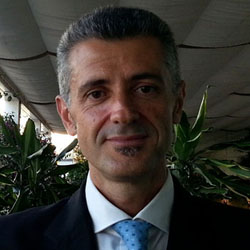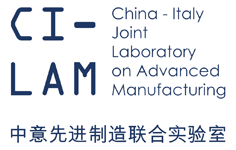Additive Manufacturing processes are widely recognized as the most promising processes to make very complex shape parts. They allow to produce parts with geometries that are often impossible to be produced by conventional manufacturing processes.
Nevertheless, some important constrains still represent an obstacle: the main are the overall dimensions of parts that can be produced (that strictly depend on the working volume of the machine) and the limited availability of dedicated materials. With respect to this last point, recent research has been focused on new materials and their usage to create hybrid or tailored structures.
The lecture aims to provide a brief overview of recent research activities carried out in the labs of University of Naples Federico II on both powder based additive manufacturing process for metals and continuous fiber fabrication to produce advanced composite materials.
The Lecturer

Antonino Squillace is Full Professor in Manufacturing Technologies at the Department of Chemical, Materials and Industrial Production Engineering of the University of Naples Federico II.
He is member of the Executive Committee of the Italian Association of Manufacturing Technologies (AITeM), member of the Doctoral Council of Technology, Innovation and Management, Delegate of the Rector for the Evaluation of the Research Quality, coordinator of the Research Committee of the Department of Chemical, Materials and Industrial Production Engineering of the University of Naples Federico II.
He is the principal investigator or member of several national and international research projects as well as company funded research projects.
His research activities are mainly focused on advanced and light-weight materials processing, in particular hot precision forming, powder based additive manufacturing and solid-state welding. He is author/co-author of more than 150 papers published in high reputation scientific journals and proceedings of international conferences, scientific books plus some book chapters. His papers received more than 2800 citations resulting in a H-index of 27 (Scopus® source).
